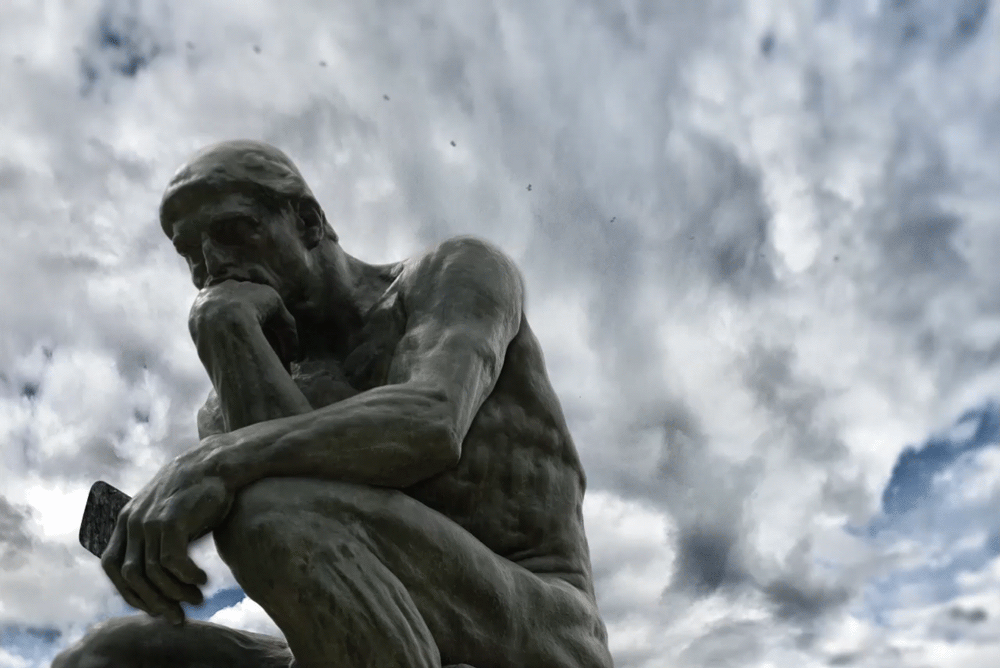This is Holy Week for those of us in the ancient churches of the East. Thus, I am spending lots of time at my local parish as we march through many hours of ancient prayers, scriptures and liturgy. Yes, we are hearing more than a few prayers for peace in Ukraine and for the victims of that hellish fratricidal conflict. Will there, at the very least, be a ceasefire for Pascha (Easter)?
At the same time, my “Crossroads” partner — Todd Wilken of Lutheran Public Radio — was on the road to attend a funeral, so we didn’t record the podcast at our usual time. That should go live here at GetReligion tomorrow (mid-day Saturday).
Thus, I would like to point readers to a “think piece” that I have had in the hopper for some time now. It’s an opinion essay by Damon Linker that ran at The Week with this headline: “The noble and needful philosophical tradition of bothsidesism (no, really) — A call for equanimity in a polarized time.”
The term in question — “bothsideism” — is closely linked with another hot-button word that is frequently used as a semi-curse in social media. That would be “whataboutism.” Click here to read Merriam-Webster on that.
My interest in “bothsideism” is rooted in journalism theory, as opposed to pure political science.
During my days leading the Washington Journalism Center, two of the key lectures focused on four models of the press that dominate journalism debates in religious circles. For some people these days, discussions of balance, fairness and even accuracy — think the “American model of the press” — are one jump away from “bothsideism.” Here is a bite of an essay based on those lectures (.pdf here):
The American Model fit well with other American values — promoting a lively public square in which citizens could believe that their views would be treated with respect. It was possible, reading coverage over a period of time, to see which newsrooms were striving to be accurate and fair-minded. This approach meshed with a liberal approach to the First Amendment, as well.
Yes, this is a challenge for journalists as they do their work. I’ll be blunt. I think the most important skill in journalism is the ability to accurately report the views of a person with whom you disagree. Journalists are supposed to strive to show respect to people on both sides of hot- button debates.
This brings us to Linker.


